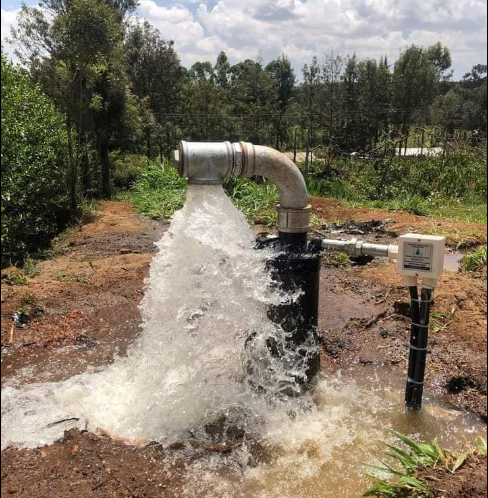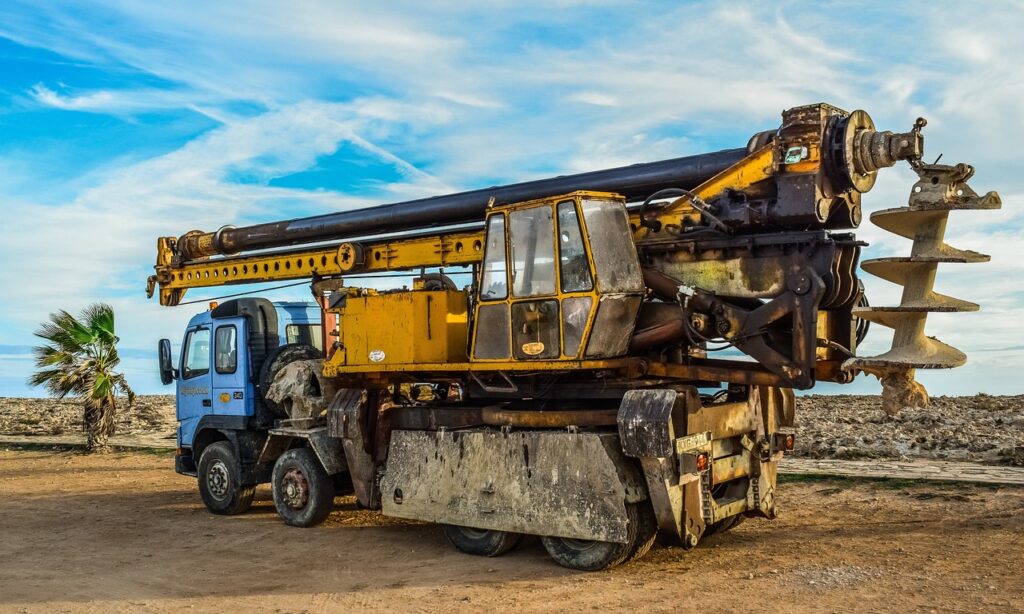Access to clean water is essential for survival, and hand pumps have been a lifeline for communities worldwide, especially in rural and off-grid areas.
These simple, reliable tools are often the best option for extracting water from boreholes and wells.
But how deep can a hand pump work in a borehole?
This question is crucial for anyone considering installing one.
In this blog, we delve into the details, exploring the depth capabilities of hand pumps, their mechanisms, and the factors that influence their performance.
Also read Borehole Collapse? Here’s How to Fix It Effectively
How Do Hand Pumps Work?

Hand pumps are mechanical devices used to draw water from underground sources. They rely on human effort to operate and are designed for simplicity and durability. Here’s a brief overview of how they function:
- Basic Mechanism:
- The pump handle is moved up and down, creating pressure that lifts water from the well.
- Inside the pump, a piston equipped with a seal or cup moves in a cylinder, generating suction and forcing water upward.
- Types of Hand Pumps:
- Shallow Well Pumps: These pumps rely on suction to draw water and are suitable for wells with water levels up to 25 feet (7.5 meters) deep.
- Deep Well Pumps: These pumps use a lift rod to draw water from depths up to 300 feet (91 meters). Unlike shallow well pumps, they rely on a deep cylinder to push water upward.
Depth Limits of Hand Pumps
The depth a hand pump can effectively reach depends on its type and design:
- Shallow Well Hand Pumps:
- These pumps are ideal for wells with a static water level (the level where water naturally rests) of up to 25 feet (7.5 meters).
- They operate on the suction principle, which is limited by atmospheric pressure.
- Deep Well Hand Pumps:
- These pumps are engineered to access water from depths ranging from 25 to 300 feet (7.5 to 91 meters).
- They employ a cylinder at the pump’s base, which pushes water up through a lift rod.
Factors That Influence Depth Performance
Several factors affect the efficiency and depth performance of hand pumps:
- Pump Design and Type:
- Shallow well pumps are limited by suction mechanisms, making them unsuitable for deeper wells.
- Deep well pumps use lift rods and foot valves to work at greater depths.
- Well Depth and Static Water Level:
- The static water level directly impacts the choice of pump. Deeper levels require more advanced designs, such as deep well pumps.
- Pipe Material and Diameter:
- Lightweight, durable materials like PVC or stainless steel improve efficiency by reducing friction.
- Smaller diameters may ease pumping but can limit water flow.
- Manual Effort and Efficiency:
- The deeper the water, the more effort required to pump it to the surface. Deep well pumps often incorporate counterweights or advanced leverage systems to reduce strain.
Also read Borehole Equipping
Popular Types of Deep Well Hand Pumps

Several hand pumps are renowned for their efficiency and durability in deep wells:
- India Mark II:
- Widely used in developing countries, this pump is durable and suitable for depths up to 164 feet (50 meters).
- Afridev:
- Designed for easy maintenance, this pump works well for depths up to 148 feet (45 meters).
- Simple Pump:
- A premium option, it can draw water from depths of up to 300 feet (91 meters) and is compatible with solar-powered upgrades.
Challenges of Using Hand Pumps in Deep Boreholes
While hand pumps are reliable, they face certain challenges at greater depths:
- Increased Manual Effort:
- Pumping water from deep wells requires significant physical strength, making it less practical for some users.
- Wear and Tear:
- Deeper installations involve more moving parts, increasing the likelihood of wear.
- Installation and Maintenance:
- Installing deep well pumps requires technical expertise, and maintenance may be challenging without skilled personnel.
Benefits of Hand Pumps
Despite the challenges, hand pumps offer several advantages:
- Low-Cost Operation:
- Hand pumps require no electricity or fuel, making them affordable to operate.
- Durability and Reliability:
- Built with robust materials, hand pumps can last for years with minimal maintenance.
- Suitability for Remote Areas:
- Their simple design makes them ideal for rural and off-grid communities.
Also read Is Borehole Water Safe to Drink?
Alternatives to Hand Pumps for Deep Boreholes
For deeper boreholes or users seeking easier operation, alternatives include:
- Solar-Powered Pumps:
- These pumps are energy-efficient and sustainable, though they require an initial investment.
- Electric Submersible Pumps:
- Suitable for depths exceeding 300 feet, they offer convenience but depend on a reliable power source.
Case Studies: Real-World Applications

- Community Wells in Africa:
- Many rural communities rely on India Mark II and Afridev pumps for daily water needs, demonstrating their reliability and efficiency.
- Off-Grid Homes in the U.S.:
- The Simple Pump is popular among off-grid homeowners for its ability to draw water from deep wells and integrate with solar systems.
Conclusion
Hand pumps are a practical and cost-effective solution for accessing water in boreholes. While shallow well pumps are limited to 25 feet (7.5 meters), deep well pumps can reach up to 300 feet (91 meters).
Factors such as pump design, static water level, and user effort are critical in determining their effectiveness. Although they face challenges in deep installations, their durability and low operating costs make them indispensable in many settings.
For those with deeper wells or higher water demands, alternatives like solar-powered or electric pumps may be worth considering.
Before choosing a hand pump, assessing your borehole’s depth, water level, and usage needs is essential.
Consulting with experts ensures you select the right solution for your situation. Contact a trusted professional for guidance if you’re exploring borehole drilling or pump installation.
FAQs
- Can a hand pump be used in saltwater boreholes?
- Yes, but it requires corrosion-resistant materials like stainless steel or special coatings.
- How often do hand pumps need maintenance?
- Regular inspections are recommended every 6-12 months, with immediate repairs for worn components.
- What is the cost range for deep-well hand pumps?
- Prices vary from $100 to $1,500 depending on the model and depth capacity.
Also read Is Borehole Water Good for Irrigation?
You can find us on Facebook, YouTube, and TikTok for more insights and success stories.



Bonvic installed a reliable hand pump at my Kilifi residence, efficiently handling salty water and providing excellent performance so far.
Thank you for the positive remarks. Feel free to call or WhatsApp 0720545191
Pingback: Do You Need Permits to Drill a Borehole in Kenya?